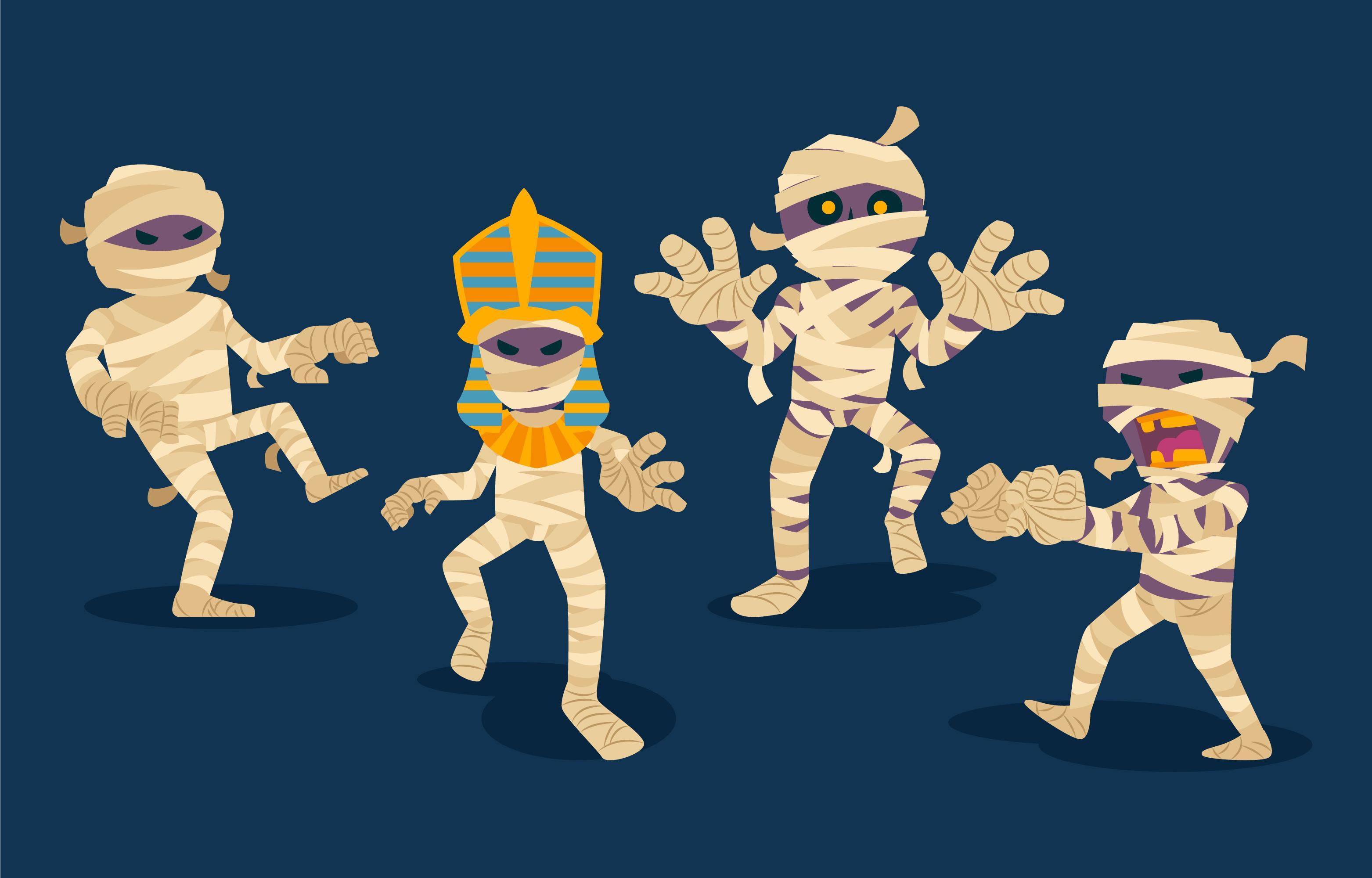Everything You Need to Know About Game Assets: A Comprehensive Guide

Creating a compelling game involves many components, and one of the most crucial is game assets. These assets include everything from characters and environments to sound effects and animations. In this guide, we'll explore what game assets are, why they matter, and how you can find high-quality ones to enhance your game development process.
What Are Game Assets?
Game assets are the building blocks of any video game. They encompass all the elements that make up the visual, auditory, and interactive aspects of a game. Here’s a breakdown of different types of game assets:
-
2D Characters: These are sprites or images used for characters in 2D games. They include everything from the main hero to background elements and NPCs (non-playable characters).
-
3D Models: For 3D games, assets include character models, environment props, and other objects created in three dimensions.
-
Textures and Materials: These are the surface details applied to 3D models. They give objects their look and feel, such as the texture of a character’s clothing or the surface of a building.
-
Animations: These assets bring characters and objects to life by creating movement sequences, such as walking, jumping, or interacting with objects.
-
Sound Effects: Audio assets add realism and immersion to games. They can include background music, character voices, and various sound effects like footsteps or explosions.
-
UI Elements: User interface (UI) elements include buttons, menus, and other interactive components that players use to navigate and interact with the game.
Why Are Game Assets Important?
Game assets are essential because they:
-
Enhance Visual Appeal: High-quality assets contribute significantly to the visual charm of a game, making it more attractive and engaging for players.
-
Improve Immersion: Well-designed assets help create a believable game world, drawing players deeper into the game’s environment and story.
-
Save Development Time: Using pre-made assets or asset packs can speed up the development process, allowing developers to focus on creating unique features and gameplay elements.
-
Ensure Consistency: Consistent asset quality and style contribute to a cohesive look and feel, which is crucial for maintaining the game's overall design and aesthetic.
How to Find High-Quality Game Assets
Finding the right assets can be a game-changer for your project. Here are some tips for locating high-quality game assets:
-
Asset Marketplaces: Platforms like Unity Asset Store, Unreal Engine Marketplace, and other asset stores offer a vast selection of both free and paid assets. These platforms often feature user reviews and ratings, helping you gauge the quality of the assets.
-
Open Source Repositories: Websites like OpenGameArt.org provide free assets contributed by the gaming community. These can be a great resource for unique and diverse assets.
-
Online Communities: Forums, social media groups, and other online communities dedicated to game development often share asset recommendations and free resources.
-
Custom Creation: If you have specific needs that off-the-shelf assets can’t meet, consider creating custom assets or hiring artists and designers to develop them for you.
Tips for Using Game Assets Effectively
-
Match the Style: Ensure that all assets in your game match the visual style and theme. This consistency helps in creating a unified and professional look.
-
Optimize for Performance: High-quality assets should be optimized to ensure they don’t negatively impact game performance. This includes managing file sizes and ensuring efficient use of textures and models.
-
Check Licensing: Always review the licensing terms of assets, especially if you’re using them in commercial projects. Ensure you have the rights to use, modify, and distribute the assets as needed.
-
Stay Organized: Keep your assets organized in a structured manner. This makes it easier to find and use them during development and helps maintain a clean workflow.
Conclusion
Game assets are the backbone of any video game, shaping its look, feel, and overall experience. By understanding the different types of assets and where to find high-quality ones, you can enhance your game’s development process and create more engaging and immersive experiences for players. Whether you’re using pre-made assets or creating custom ones, the right assets will significantly impact the success of your game.
- Art
- Causes
- Crafts
- Dance
- Drinks
- Film
- Fitness
- Food
- الألعاب
- Gardening
- Health
- الرئيسية
- Literature
- Music
- Networking
- أخرى
- Party
- Religion
- Shopping
- Sports
- Theater
- Wellness




